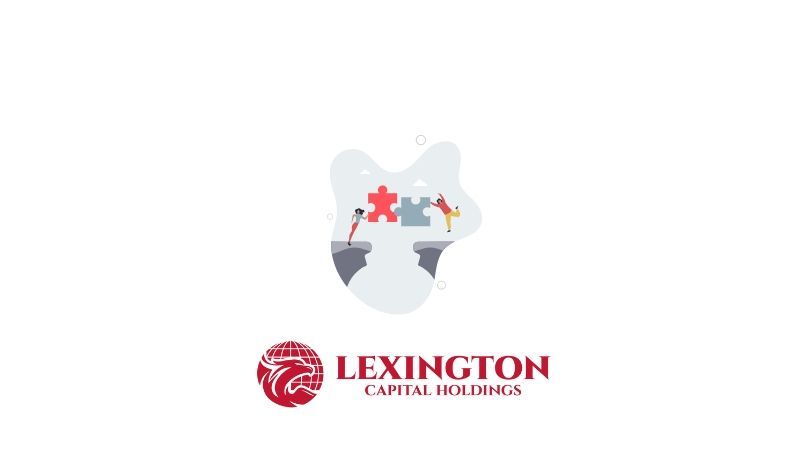The Rise of Merchant Cash Advances: What You Need to Know
If you’ve been exploring funding options for your business lately, chances are you’ve come across Merchant Cash Advances (MCAs).
They’re everywhere — fast, accessible, and aggressively marketed.
But just because MCAs are on the rise doesn’t mean they’re the right move for everyone.
Let’s break down what they are, why they’re gaining traction, and what you need to watch for.
What Is a Merchant Cash Advance?
An MCA isn’t technically a loan. It’s an advance against your future sales — usually credit card or debit card revenue.
In simple terms: You get a lump sum of capital upfront. Then, the provider takes a fixed percentage of your daily or weekly sales until it’s paid back (plus fees).
It’s quick. It’s easy. But it’s also expensive.
Why Business Owners Are Turning to MCAs
With traditional lenders tightening requirements, MCAs offer:
✅ Speed – Funds can hit your account in 24–48 hours
✅ Flexibility – No strict credit score or collateral requirements
✅ Access – Ideal for businesses with consistent card-based sales, like retail or restaurants
For some businesses, it can be the difference between closing shop and staying afloat.
But for others? It can turn into a cycle that’s hard to escape.
What You Need to Watch Out For
Here’s the flip side of the convenience:
🚩 High effective cost – MCAs often come with factor rates instead of interest rates. What looks like a 1.3x payback could mean an APR of 70–200% depending on terms.
🚩 Daily or weekly deductions – Instead of a monthly payment, you’re paying daily — which can stress your cash flow if sales dip.
🚩 Stacking risk – Some businesses take on multiple MCAs without a long-term plan, creating a repayment snowball that’s tough to manage.
When a Merchant Cash Advance Can Make Sense
MCAs can be a smart tool if:
- You need short-term funding fast (like covering a surprise expense or capitalizing on a time-sensitive opportunity)
- You have predictable, high-volume card sales
- You have a clear plan for ROI on the capital (and know you can repay quickly)
But they should never be your default.
Final Thought
MCAs are rising in popularity for a reason — they fill a gap. But like any funding solution, they come with trade-offs.
The key isn’t whether an MCA is “good” or “bad.” It’s whether it aligns with your business model, cash flow, and growth strategy.
So before you say yes to fast capital, step back and ask: Will this funding move my business forward — or just deeper into the cycle?











